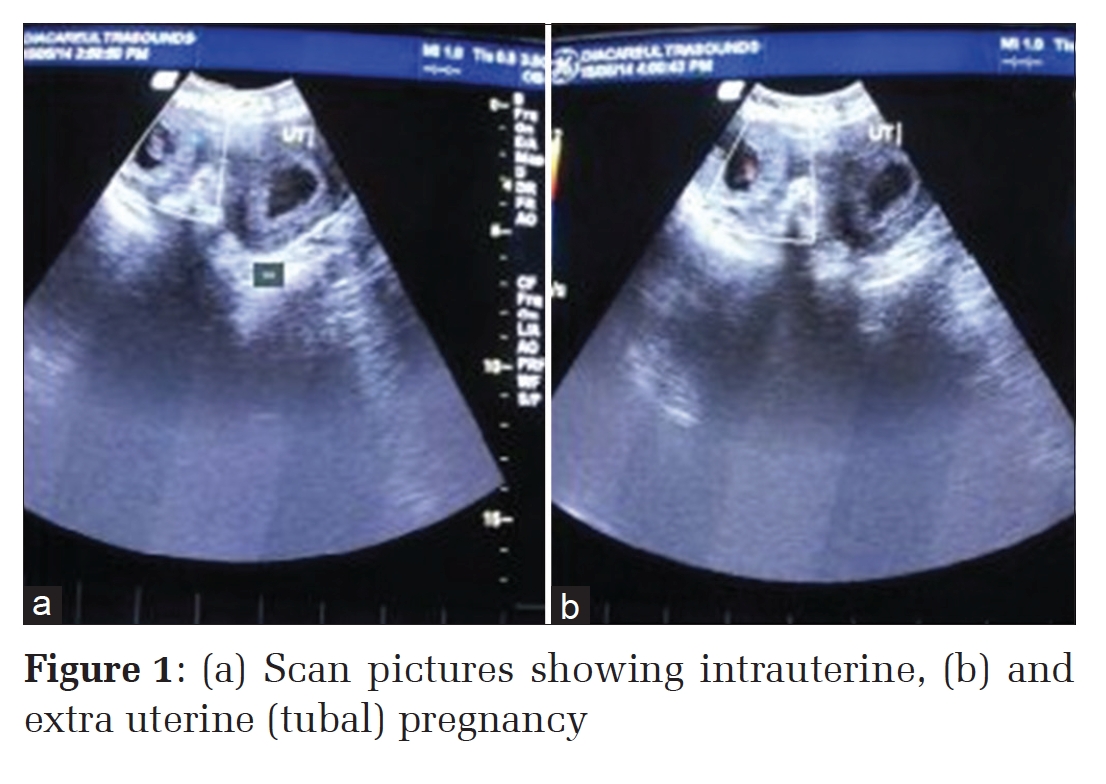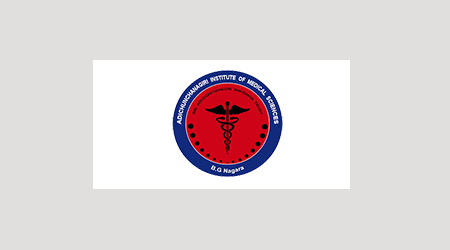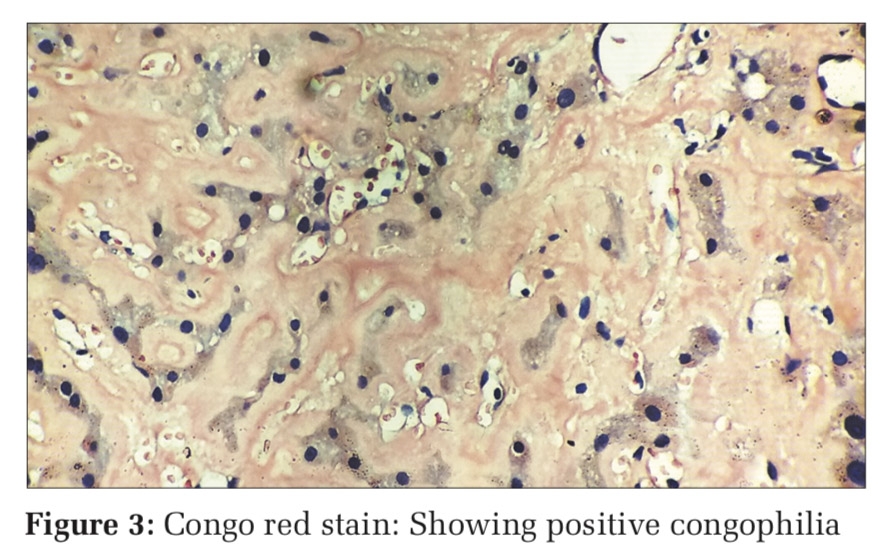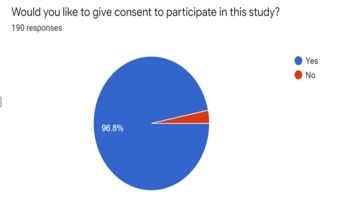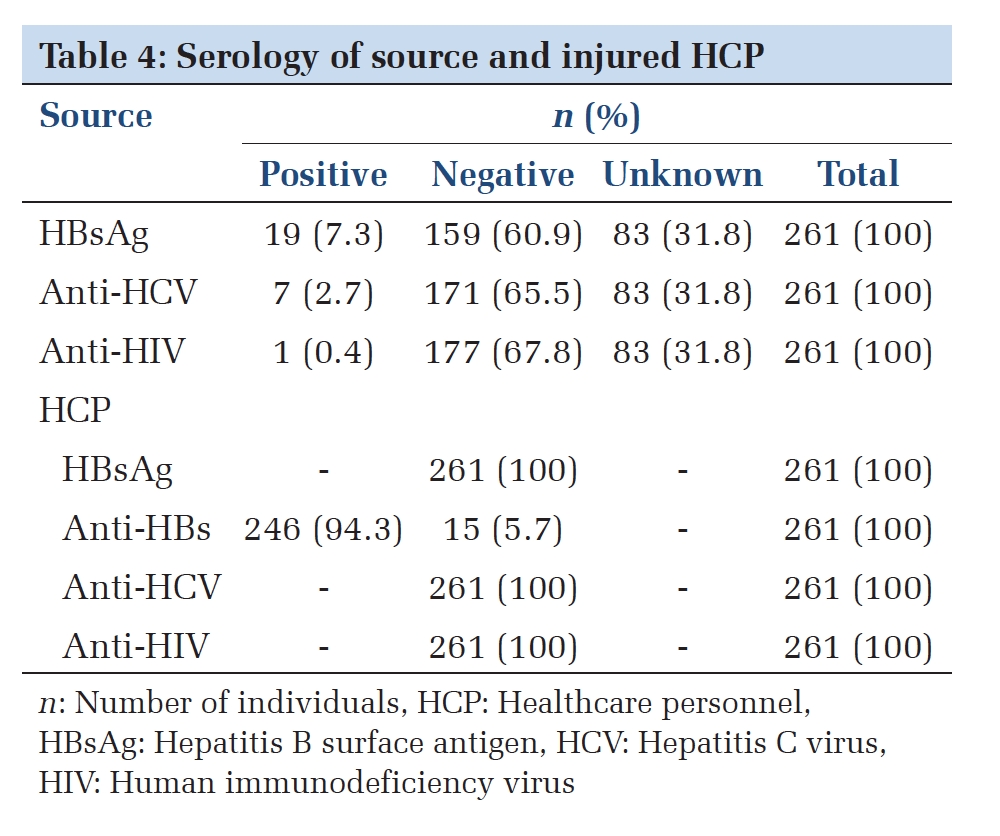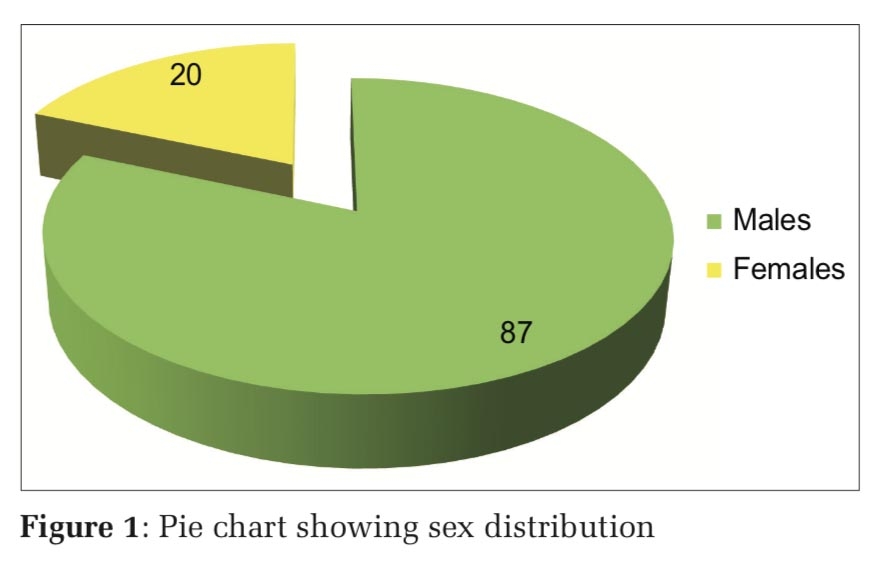Introduction
As per WHO estimate, about 1, 80,000 deaths occur due to burn injury every year throughout the world, the vast majority being in the low and middle income countries with almost half in South-East Asia. 1 Burns are responsible for a huge load of morbidity due to disfigurement resulting in emotional trauma and stigma, as well as are also the leading cause of disability adjusted life years (DALYs) lost in these countries. In India around 7 million people suffer from burn each year with 1.4 lakhs deaths and 2.4 lakhs people suffer from disability. Out of 5 burn victims, 4 are women and children. Burns are fifth most common cause of non-fatal childhood injuries and 11th leading cause of death among 1-9 years children. 2 It has huge socio-economic impact too due to direct cost of hospitalization, surgery and rehabilitation; indirect cost includes loss of wages, prolonged care, psychological problems due to deformity.
Major risk factors of burn include inadequate safety measures at workplace and home; poverty and overcrowding; underlying medical conditions, including epilepsy, peripheral neuropathy, and physical and cognitive disabilities; alcohol abuse and smoking; easy access to chemicals used for assault; use of kerosene (paraffin) as a fuel source. Burn has also a social dimension. It may be associated with accidental, suicidal or homicidal causes.
Burns are preventable. Efforts for prevention and care of the victims can reduce burn related mortality, morbidity and disability significantly. National Program for Prevention, Management and Rehabilitation of Burn Injuries (NPPMRBI) is an initiative by GOI was launched for preventive, curative and rehabilitative care of the burn patients. 3
Data regarding burn injury and its magnitude of problem is West Bengal, an eastern state of India is scarce, especially in the resource constraint peripheral medical colleges of the state. With a view to find out the problem, this study was undertaken in Murshidabad Medical College & Hospital, a peripheral medical college of West Bengal to describe the epidemiology, clinical presentation, and outcome in burn patients in and also to identify contributing factors influencing the outcome in burn patients.
Materials and methods
Murshidabad Medical College & Hospital is situated about 180 kms from Kolkata, caters to a vast majority of urban and rural population of Murshidabad district, adjacent districts of Birbhum and Nadia and few areas of Jharkhand, the bordering state of West Bengal. It is the only medical college in the district with 7000 daily footfall in OPDs and 500 admissions through emergency. The college had no specified burn unit at the time of study (launched in 2020) and all the burn patients were treated in an isolated ward under general surgery.
This descriptive cross-sectional study was conducted in the Dept of Surgery of this medical college in 2018 from January to December. All consecutive admissions having burn injury in the study period was included in the study. Socio-demographic information was collected from the patient or near relative using a predesigned pretested proforma after taking informed consent. In case of children, consent was taken from the parents or guardian. The burn afflicted patients brought dead, or died just after admission, or the patients/ family members denying given information were excluded from the study. Bed head ticket, admission register and referral notes were used to collect clinical information. Study variables included age, sex, religion, residence, income, education, occupation, mechanism and type of burn, total body surface area (TBSA) involved, degree of burn, interval of injury and attending first available health care facility, duration of hospitalization and outcome. TBSA was assessed by Rule of nine. 4
The study was approved by institutional ethics committee. The data was put in MS excel and analysed with the help of SPSS version 16.0.
Results
In the study period data could be collected from 521 study samples but only 514 samples were included in analysis due to incomplete data in 7 cases.
Socio demographic profile of the burn patients
Table 1 revealed that out of 514 burn patients, 3.5% were infants, 10.9% in 1-5 years of age and 16.7% were in geriatric age group. Majority (76.8%) was females; from rural background (85.3%), belonged to Muslim religion (75.1%), of primary education (37.4%), homemaker (41.2%) and having monthly income of the family below Rs 5000 (45.9%).
|
Socio demographic variables |
No (n= 514) |
% |
|
Age (years) |
|
|
|
< 1 |
18 |
3.5 |
|
1-5 |
56 |
10.9 |
|
6- 14 |
64 |
12.5 |
|
15- 19 |
72 |
14 |
|
20- 40 |
116 |
22.6 |
|
40- 60 |
102 |
19.8 |
|
>60 |
86 |
16.7 |
|
Gender |
|
|
|
Male |
118 |
22.9 |
|
Female |
394 |
76.8 |
|
Third gender |
2 |
0.3 |
|
Religion |
|
|
|
Hindu |
117 |
22.8 |
|
Muslim |
386 |
75.1 |
|
Christian |
8 |
1.6 |
|
Others |
3 |
0.5 |
|
Residence |
|
|
|
Urban |
76 |
14.7 |
|
Rural |
438 |
85.3 |
|
Education |
|
|
|
Not applicable (<6 yrs) |
74 |
14.4 |
|
Illiterate |
18 |
3.5 |
|
Below primary |
70 |
13.6 |
|
Primary |
192 |
37.4 |
|
Secondary |
109 |
21.2 |
|
Higher secondary |
33 |
6.5 |
|
Graduation and above |
13 |
2.5 |
|
Vocational |
5 |
0.9 |
|
Occupation |
|
|
|
Professional |
11 |
2.1 |
|
Business |
23 |
4.4 |
|
Labour |
112 |
21.8 |
|
Student |
96 |
18.7 |
|
Home maker |
212 |
41.2 |
|
Others |
22 |
4.3 |
|
Not applicable |
38 |
7.5 |
|
Income per month (INR) |
|
|
|
<5000 |
236 |
45.9 |
|
5000- 10000 |
158 |
30.7 |
|
10001- 20000 |
84 |
16.4 |
|
>20000 |
36 |
7 |
Intent of burn
Regarding mode of burn it was mostly accidental (87%) of which 65% were at home and 22% at work place and was mostly thermal (94%) (Figure 1, Figure 2, Figure 3).



Clinical findings
On clinical examination, it was observed that majority i.e 386 (76.2%) patients had mixed degree of burns, followed by 8.4%, 7%, 6.2% and 2.2% having 1st, 3rd, 2nd and 4th degree burns respectively. A total of 188 (36.6%) of patients had burns involving the dangerous areas like airways &/or face &/ or perineum. So far as TBSA for burn was concerned, 31% had 50 to <70%, followed by 28% was affected with 30 to <50% surface area (Figure 4). Mean TBSA involved was 46.5%+9.28

Time lapse and length of stay
Time lapse between the episode of burn and attending the first available health care facility was tried to ascertain. It was observed that 45.1% reached the hospital within 1–2 hours, followed by 28.6% and 14.6% reached within 1 hour and 2-4 hours respectively; 9 patients reached after 12 hours after the occurrence of burn.
It was revealed from Figure 5 that, for 80% patients with TBSA <15% and 74.4% with TBSA 15 to <30%, the length of stay in hospital was mostly for 1-3 days, whereas 77.4% and 51.8% of patients with TBSA 30 to <50% and 50 to <70% respectively stayed mostly for 4–7 days in hospital. Out of 77 patients with more than 70% TBSA, majority i.e 37.7% stayed for 8–14 days followed by 26% more than 14 days. A total of 11 patients (22%) had stayed for 1-3 days which was either due to referral or death. Average length of stay was 6.104 days.

Outcome
Among 514 patients, 58% ware discharged followed by 20.3% died, 13.2% were referred out and 8.5% left against medical advice (LAMA). All the patients with TBSA <15%, 83.8% with TBSA 15 to <30% and 79.5% of TBSA of 30 to <50% were discharged from the hospital, whereas 30.8% and 23.9% of TBSA of 50 to <70% died or referred respectively. Among patients with ≥70% TBSA, 62.3% succumbed to death (Figure 6). Overall mortality was 20% with the predominant cause of death being sepsis, multi-organ failure, and respiratory complications.

Discussion
Among 514 burn injury patients in the present study, majority were adults of 20- 40 yrs (22.6%), similar to the study conducted by Chakraborty S et al. 5, Kuiri et al. 6, and Chatterjee S et al. 7 in tertiary care hospitals of Kolkata, Bankura, Burdwan of West Bengal respectively and Goswami P et al. 8 in Jamsedpur of Jharkhand. This age group is most frequently affected as they are mostly engaged in activities both indoor and outdoor. But in the present study a remarkable number i.e 3.5% were infants followed by 10.9% in the age group of 1 to 5 yrs, which highlighted lack of preventive care and support in this particular age group at the household level. A study in Kuwait also showed need of reconstruction to burn patients in a plastic surgery unit of which 3.4% were children. 9 A study by Bailey ME et al. in Bangladesh also revealed the vulnerable group as below 8 yrs of age. 10
The present study observed a female preponderance among the burn patients, with a male female ratio of 1:3.3, similar to the studies conducted in different tertiary care hospitals of West Bengal. 5, 6, 7 The reason might be due to engagement of the females in household activities using fire. Contrary to that, the study conducted by Bhansali CA et al. in tertiary hospitals of Pune 11, Gupta AK et al. in Punjab 12 and Khasaba HA et al. in Kuwait 9 showed it more among males. As like other studies, 5, 6, 7 majority of burn patients in the present study were from rural background, of primary education and of lower socio-economic status. An epidemiological study in Indore by Moses S et al. had also found the burn patients as mostly illiterates and of poor socioeconomic condition. 13 A total of 41% victims in the present study were homemakers followed by students and labours, similar to the study in Kolkata. 14
The present study observed the mechanism of burn as mostly accidental in 87% of cases. Moses et al. in Indore (85%) and Kuiri et al in West Bengal (87%) had similar observation. 6, 13 However Chatterjee S et al. during post mortem examination of burn victims found the cause as accidental in 53% cases and Chakraborty S et al. as 61% in admitted burn patients in a tertiary care hospital of Kolkata. 5, 6, 7 A systematic review on unintentional burns in south East Asia also accounted 80% burns due to flame and scald, which were mostly at homes among women and children. 15 In the present study 94% burns caused were thermal, similar to Khasaba LA et al. in Kuwait 9 and Gilbart LA et al. in Labanan 14, where as Bailey ME et al. in Bangladesh 10 found a good number of cases caused due to electrical injury. Moses et al. in Indore 6 and Tripathy S et al. in a systematic review of burn cases in Nepal 16 found places of occurrence as home in more than 90% of the cases, where as the present study found occurrence at home in 65% cases, rest at workplace.
The present study observed the mixed degree of burn in 75% of cases with 36% involving the dangerous areas of the body. Regarding TBSA, about 60% cases was affected with 30 to 70% surface area similar to the study conducted in Moses et al. in Indore where 57% of burn patients were seen with more than 50% surface area. 6 Study in Bangladesh and Jamsedpur, median/ mean TBSA were found as 46% and 45% respectively. 10, 8 In the present study, mean TBSA was found as 46.5% and 21% patients had more than 70% TBSA, similar to the study in Kolkata. 7 In a study in Lebanon, the strongest predictors of hospital admissions were found as severe degree of burn and mechanism of injury as chemical or electrical. 14 A study in Kuwait found lethal dose 50 (% TBSA at which a certain group has a 50% chance of survival) for adults (16-40 yr) and for the elderly (>65 yr) was 76.5% and 41.8% TBSA respectively. 9
Length of stay in hospital also depended on severity and type of burn. In a study in a burn centre in Iraq it was 0 to 5 months, median being 8 days. 17 Tripathy S et al. also observed the average hospital stay among the burn victims ranged from 13 to 60 days in Nepal. 16 A study in USA trying to analyse the national trends, found out that patients with burns covering 50 to 59% of TBSA had the longest hospital stay at a median of 24 days (range, 17-55). 18 Similarly in the present study majority i.e 46% stayed for 4 to 6 days, average length of stay being 6 days, but 38% affected with more than 70% TBSA stayed for 8- 14 days followed by 26% more than 14 days. Bhansali CA et al. also found significant association of TBSA with length of stay in hospital in Pune. 11
Mortality also depended on the severity of burn. In a 5 year study in Jamsedpur, Gowsami P et al observed the overall mortality of the patients over 5 years was 40.8%, up to 30% burns was 3.45%, with 30-60% burns was 42.3%, and above 60% burns was 91.8%.8 Similar was the finding of the present study where 30.8% of TBSA of 50 to <70% and 62.3% of ≥70% TBSA succumbed to death. In Iraq study in-hospital mortality was 22%, independent factor contributing was TBSA. 17 Mortality in burn patients varied in different settings from 46% (Indore), 23.5% (Kolkata), 4.5 to 23% as in Nepal, and as low as 5.7% in Kuwait. 13, 5, 16, 9 This variation might be due to variation in type of burn i.e accidental or suicidal, mechanism of injury, age group affected, TBSA and quality of treatment.
Conclusion
The study showed more occurrences of burns among young adults, accidental and thermal in nature and with varied degree of burns with varied severeness. The mortality, morbidity and disability due to burns depend on the prompt attendance in health care delivery system, early initiation of treatment, appropriate referral and quality of care at hospital. In a rural setting, patients take more time to attend hospital due to lack of awareness about the sequel of burns. Role of family care practitioners is immense in these neglected areas. Safety measures at household level regarding use of fuels for cooking, not using lanterns or kupi can prevent accidents among children. Standard management protocol ensuring prompt resuscitation, wound care, infection control, early surgery if needed and improving the quality of care can avert mortality in a tertiary setting. Setting up of burn unit with the above mentioned services is a prerequisite for mortality reduction, fortunately which has been accomplished in the study hospital in 2020. Strengthening rehabilitation and psychosocial care for survivors is recommended to improve patient outcomes.



